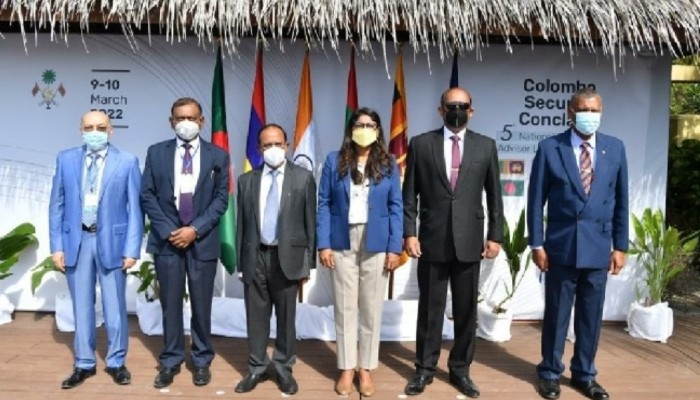The missiles are a part of modernisation in the Indian defence sector that has gathered pace in recent years
India can expect to have a complete missile system in the next four to five years, the Defence Research and Development Organisation (DRDO) chief G Satheesh Reddy said, an ANI report carried by Hindustan Times has suggested.
According to the report, the DRDO Chief expressed hope that the agency might help the Indian armed forces by developing a complete missile system in the coming four to five years.
Reddy said, “It will take probably about 4-5 years for us to work on all these things and realise a complete missile system, working for some good amount of range.”
With the help of the indigenously developed anti-radiation missile which can detect and destroy enemy radars, Rudram-1, the DRDO has already tested 10 missiles in the past two months, the report said. The DRDO has also tested extended-range BrahMos missile, supersonic missile-assisted release of torpedo anti-submarine warfare, hypersonic nuclear capable Shaurya and hypersonic technology demonstrator vehicle (HSTDV).
The missiles are a part of modernisation in the Indian defence sector reiterated again and again by the Prime Minister Narendra Modi, Defence Minister Rajnath Singh and the chiefs of all three armed forces of India.
“We are now able to develop any type of missile system that the armed forces want,” he said. The advancements in the defence sector and the indigenously made weapons are furthering the ‘Atmanirbhar Bharat Abhiyan,’ he said.
Reddy said that the DRDO is developing weapons when India is engaged in a row with China. “DRDO has been working on many weapon systems. Even during the Covid-19 period, scientists have been continuously working on that. All have matured and hence whenever a system is ready, we are going further developmental trials,” he said.
“The maturity level of many technologies is such that we had very successful flights,” he said further.
Reddy said that the DRDO is focused on fulfilling the needs of the armed forces especially at a time when India is facing hostility from China and Pakistan at the Line of Actual Control (LAC) and Line of Control (LOC) respectively.
 Contact Us
Contact Us  Subscribe Us
Subscribe Us









 Contact Us
Contact Us
 Subscribe
Subscribe
 News Letter
News Letter

